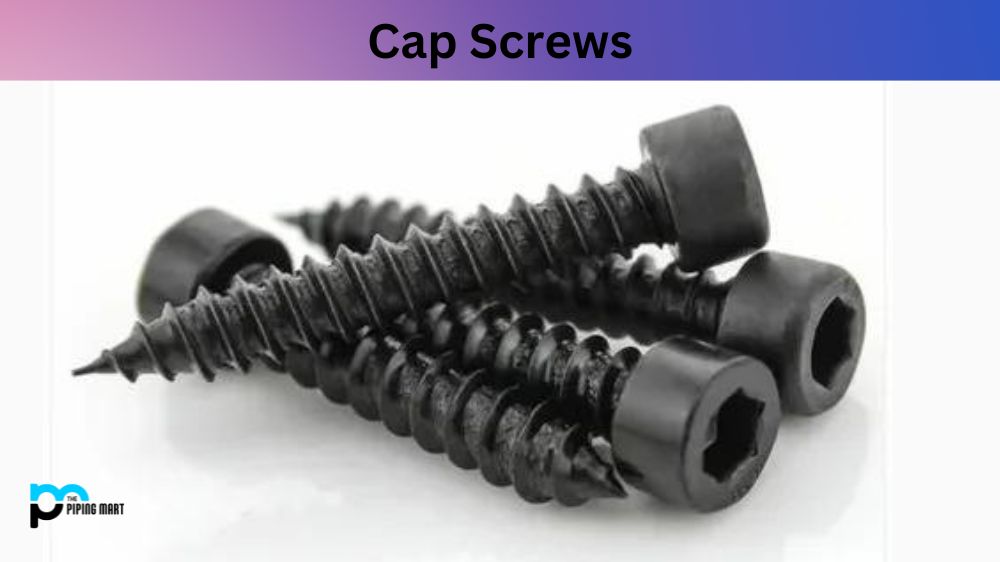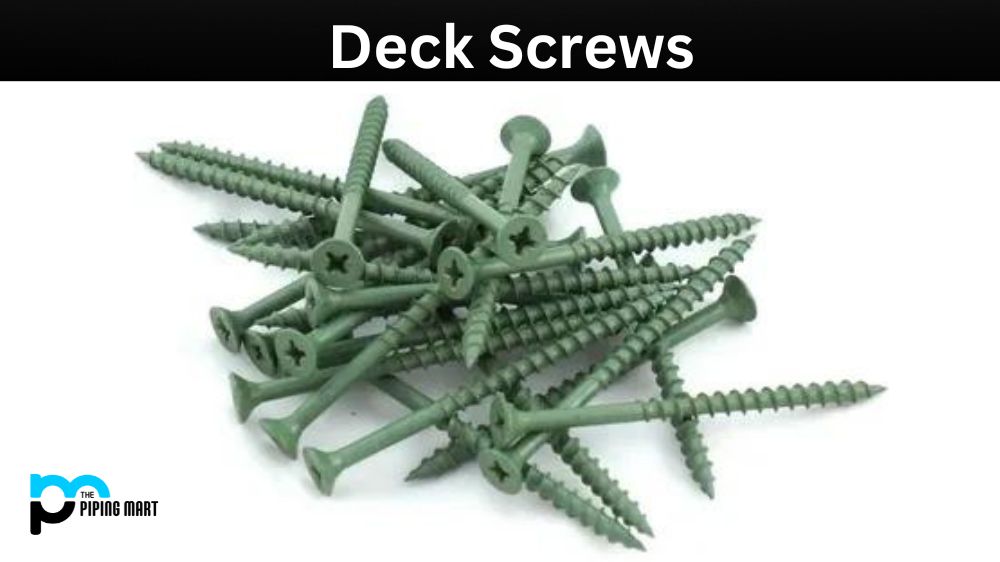Cap screws are one of the most commonly used fasteners in the manufacturing industry. They come in different sizes, shapes, and materials to suit various industrial applications. But not all cap screws are created equal. Each type of cap screw is designed to serve a particular purpose and offers specific benefits. In this blog post, we’ll explore the different types of cap screws, their applications, and what makes them unique.
Understanding Different Types of Cap Screws and their Applications
Hex Cap Screws:
Hex cap screws are the industry’s most commonly used type of cap screws. They are named because of the hexagonal shape of their head. Hex cap screws come in different sizes and threading options to suit various applications. They are known for their high tensile strength and are ideal for high-stress applications where vibration and shock resistance are essential. Examples of applications where hex cap screws are typically used include construction, automotive, and aerospace.
Socket Cap Screws:
Socket cap screws are similar to hex cap screws but have a cylindrical head with a socket or hexagonal recess. They offer a smooth, streamlined profile and are typically used in machinery and equipment where space is limited. Socket cap screws come in different materials, such as stainless steel, brass, and nylon, to name a few. They have a high-grade finish, making them perfect for decorative applications.
Button Head Cap Screws:
Button head cap screws are designed for low-profile applications requiring a flush finish. They have rounded, low-profile heads, making them ideal for machinery, furniture, and electronic applications. Button head cap screws come in different materials, such as steel, stainless steel, and brass. They offer high tensile strength and excellent corrosion resistance.
Flange Cap Screws:
Flange cap screws have a flange or a washer built-in into the head of the screw. The flange part is wider than the head of the screw, providing a larger bearing surface. Flange cap screws are typically used in applications where the joint requires greater bearing surface support. Examples of applications where flange cap screws are typically used include automotive, construction, and engineering.
Shoulder Bolts:
Shoulder bolts, also known as shoulder screws or stripper bolts, have a large unthreaded section between the head and the threaded end of the screw. The unthreaded section provides a space for a bearing or for mounting other components. Shoulder bolts come in different materials, such as steel, stainless steel, and brass and are used in various applications, including machinery, electronic equipment, and automotive applications.
Conclusion:
In conclusion, cap screws come in different shapes, sizes, and materials to suit various industrial applications. Understanding the different types of cap screws and their applications can help you choose the right screw for your project. Whether you’re working in construction, automotive, or electronic equipment, there is a cap screw out there that can meet your specific needs. Evaluating your application requirements and selecting the right screw for optimal performance and reliability is essential. Contact your local fastener supplier for assistance in selecting the right cap screw for your project.

A passionate metal industry expert and blogger. With over 5 years of experience in the field, Palak brings a wealth of knowledge and insight to her writing. Whether discussing the latest trends in the metal industry or sharing tips, she is dedicated to helping others succeed in the metal industry.




